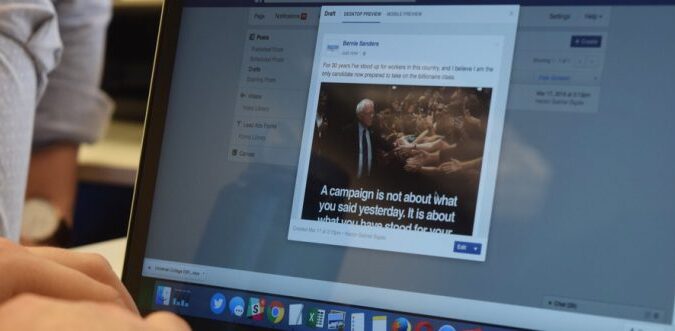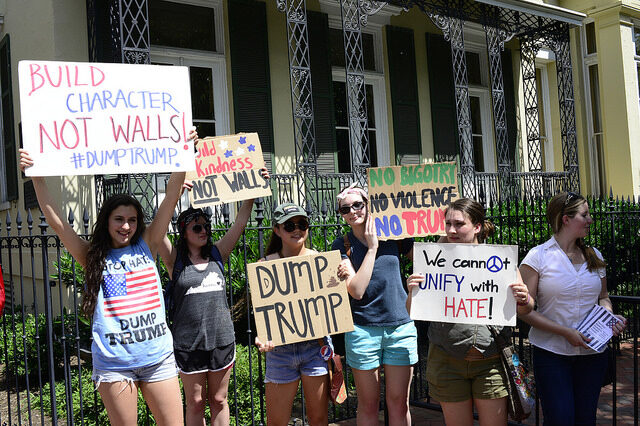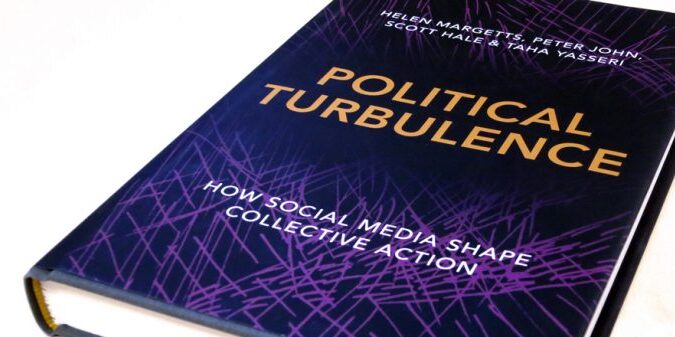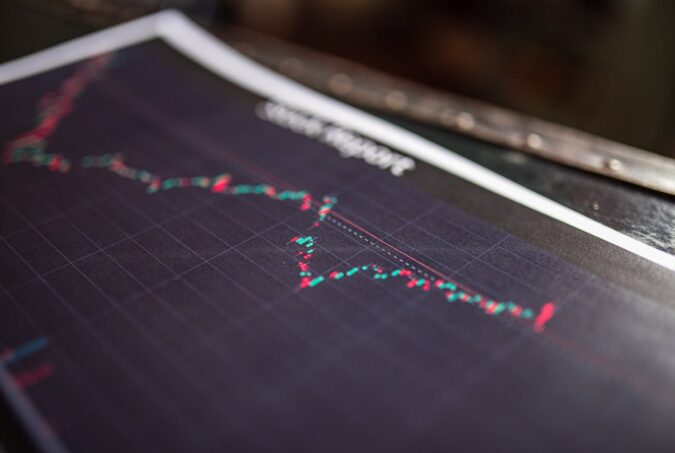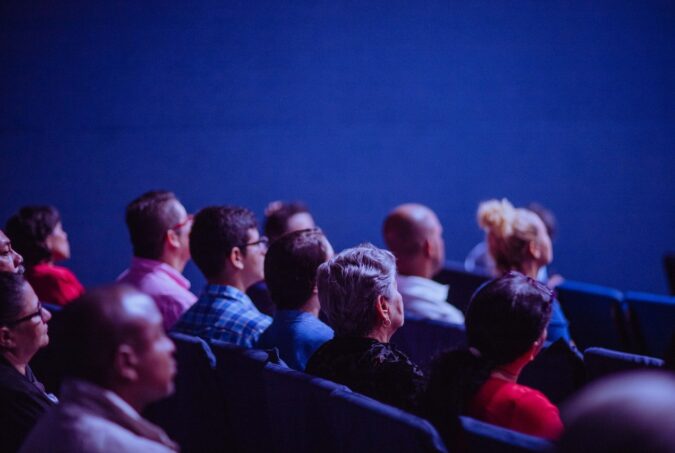Technology is increasingly touted as an alternative to the Irish backstop, especially in light of the government’s difficulty to find a Brexit strategy that can command a majority in the House of Commons. As academics, we have been following the debate around the role of technology in monitoring the border with interest, but also scepticism and frustration. Technology can foster government innovation in countless ways and digital technologies, in particular, have the potential to transform the way in which the government makes policy and designs public services. Yet, in the context of the Irish border debate, the focus on ‘technological solutions’ is becoming a red herring and distracts from the political choices ahead. Technology cannot solve the Irish border problem and it is time to face the facts. 1: Technology cannot ensure a ‘frictionless border’ Any legal or regulatory restrictions on the movement of goods or people between the UK and the Republic of Ireland post-Brexit will make border-related friction inevitable. Setting the restrictions is a matter of political agreements. Technology can help enforce the legal or regulatory restrictions, but it cannot prevent the introduction of friction compared to the status quo. For example, technology may speed up documentation, processing, and inspections, but it cannot eliminate the need for these procedures, whose existence will mean new burdens on those undergoing them. 2: There will be a need for new infrastructure at or near the border Technology may make it possible for some checks to be carried out away from the border. For example, machine learning algorithms can assist in identifying suspicious vehicles and police forces can stop and inspect them away from the border. Regardless of where the relevant inspections are carried out, however, there will be a need for new infrastructure at or near the border, such as camera systems that record the identity of the vehicles crossing the frontier. The amount of new infrastructure needed will depend on…
Discussing the focus on ‘technological solutions’ in the context of the Irish border debate.



